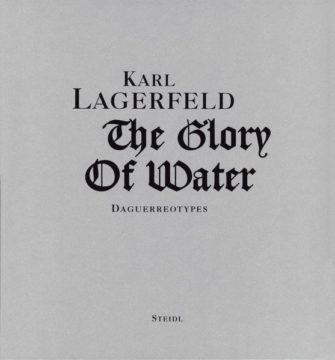„Each Roman fountain bears witness to human experience. The origins, the locations and the elements of beauty of different centuries are something we can learn a lot from. Fountains play an important role in the history of Rome. From the early days of the Roman Empire to Anita Ekberg walking in the Fontana di Trevi… one of Piranesi’s best-known engravings represents this masterpiece of Roman Baroque splendour. Rome today would not be the same for 21st-century tourists without the Fontana di Trevi. It’s one of the first destinations for people visiting the city. Rome has many famous fountains but also many that are almost secret and hardly known at all but are just as beautiful and interesting. Rome as a city helps us to discover what elements of our nature make us sensible to beauty. It may be important to know about Roman history and Italian art but emotional consciousness is the most important approach needed to understand the beauty of Rome. And the fountains are an important part of Rome’s beauty. Our reaction can be essentially aesthetic. It does not have to be based on reflection and knowledge. Water also represents physical pleasure. Here, it is linked with history, art and beauty. For Schopenhauer, beauty was a good not a holy thing. He was convinced that it came from the suppression of the will… and that is exactly what happens in Rome. You cannot (and should not) resist the beauty of the city and the beauty of the city’s famous fountains. Don’t even try to analyse the mysterious feeling.
“Beauty not perceived is a pleasure not felt,” said George Santayana. So just watch the beauty of Rome’s thousands of fountains. It was impossible to photograph them all …“
Karl Lagerfeld
